Content
- What are biostimulants
- Types of biostimulants and their mechanism of action
- Use of biostimulants and their benefits
What are biostimulants
Biostimulants are specialized preparations based on natural or synthetic components that activate the internal processes of plants. Their key feature is that they do not replace fertilizers, but help the plant to make more efficient use of available resources such as light, water and nutrients. These stimulants can boost metabolism, accelerate root and shoot development, and increase the plant's resistance to stress.
In the world of cannabis, with many varieties including indica, sativa and hybrids, biostimulants play an important role at every stage of grovelling, from germination to flowering. For example, indica, known for its fast growth and compact structure, can develop dense bushes faster with the proper use of stimulants. On the other hand, sativa, which is characterized by a longer flowering cycle and taller growth, needs stimulants to control growth vigor and strengthen the stems.
Feminized cannabis varieties, which produce only female plants, require especially careful care because these plants have the full attention of the grower to produce inflorescences. Biostimulants help reduce the risk of stress in such plants, which reduces the likelihood of “hermaphrodites” - plants that produce both male and female flowers because of stress.
In addition, biostimulants can:
- Accelerate seed germination and promote better seedling development.
- Optimize the uptake of nutrients from the soil, increasing their digestibility.
- Stimulate photosynthesis, which is especially important in light-limited grow boxes.
Using biostimulants in the right doses helps the plant to focus its resources on key stages of growth and flowering, which significantly increases overall yields.
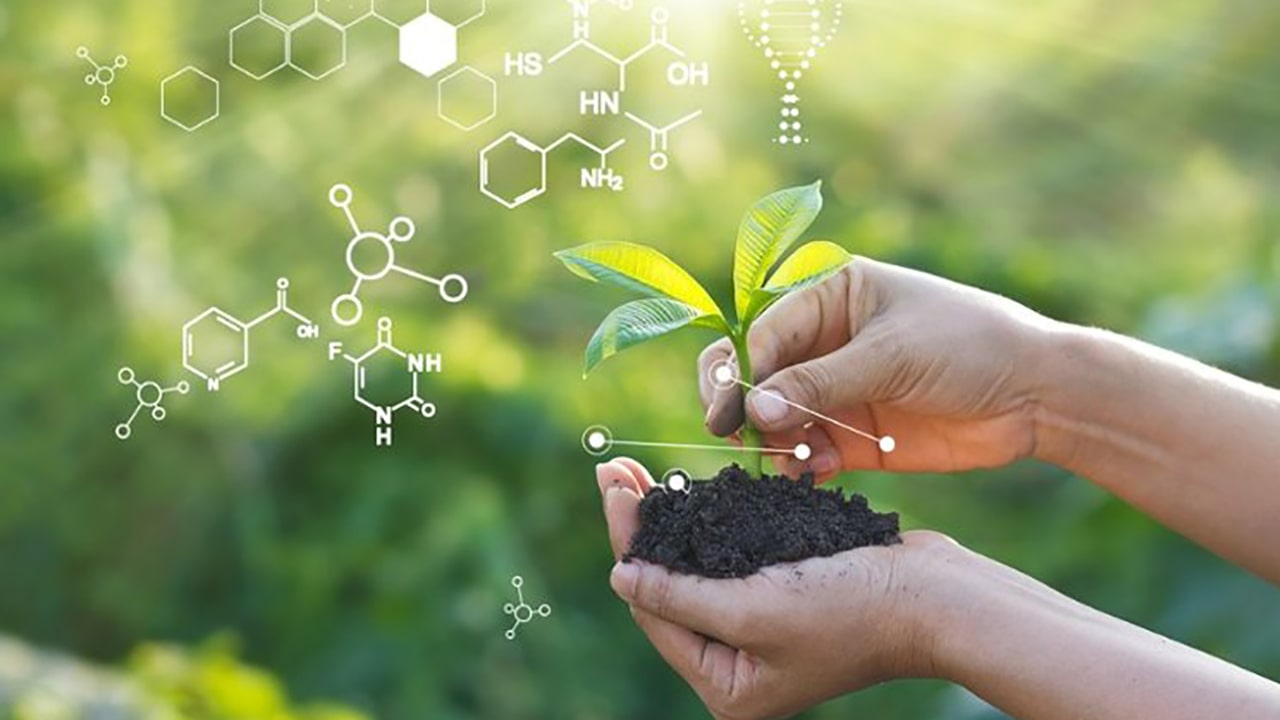
Types of biostimulants and their mechanism of action
Biostimulants fall into several categories depending on their purpose and their effect on specific plant processes. They act at the cellular level, activating biochemical reactions that help the plant to grow faster, better adapt to environmental conditions and absorb resources more efficiently.
Root stimulants
These preparations accelerate the development of the root system by increasing the volume and branching of roots. This allows the plant to absorb water and nutrients more quickly. They are particularly useful for indica, which has a more compact root system than sativa. Strengthening the roots also reduces the likelihood of root rot disease.
- Mechanism of action: rooting stimulants contain auxins, phytohormones that increase cell division in the root growth zone.
- Application: Ideal in the initial stages of growth and transplanting to help the plant to root and adapt to the new soil or growbox more quickly.
Antistress stimulants
These preparations protect the plant from unfavorable conditions such as sudden temperature changes, lack of water, changes in light or pest attacks. Feminized varieties, which are particularly sensitive to stress, receive protection from these stimulants, minimizing the risk of mutating into “hermaphrodites”.
- Mechanism of action: preparations based on amino acids, vitamins and antioxidants help the plant to recover faster by activating the production of protective proteins and enzymes.
- Application: used when transplanting, changing the light regime or when stress factors such as drought or fertilizer saturation occur.
Growth and photosynthesis stimulants
These stimulants increase the efficiency of photosynthesis and promote vigorous shoot and leaf growth. They are useful for sativas, which require intensive growth in the vegetative phase to reach their characteristic height.
- Mechanism of action: the composition includes the phytohormones gibberellins and cytokinins, which accelerate cell division and stem elongation. Also included are elements that improve the absorption of carbon dioxide and light.
- Application: used during the vegetative phase when the plant needs to actively build up green mass in preparation for flowering.
Stimulants of flowering and fruiting
These preparations accelerate the onset of flowering and promote the formation of large and dense inflorescences. They are especially important when working with feminized varieties, as they allow the plant to focus its energy on forming female flowers.
- Mechanism of action: stimulants contain phosphorus, potassium and hormonal regulators, which direct the plant's resources to the formation of buds and inflorescences.
- Application: applied at the beginning of the flowering phase and used before harvest to maximize flower weight.
Metabolic regulators
These stimulants improve cell metabolism, accelerating nutrient recycling and sugar production. They are useful for all varieties, especially hybrids that combine indica and sativa traits, requiring precise control of the growth processes.
- Mechanism of action: include complexes of vitamins and organic acids that activate metabolic pathways necessary for growth and flowering.
- Application: used throughout the life cycle of the plant to support stable growth and development.
Thus, each type of biostimulant targets specific stages of the plant's life cycle, from rooting and active growth to stress protection and abundant flowering.
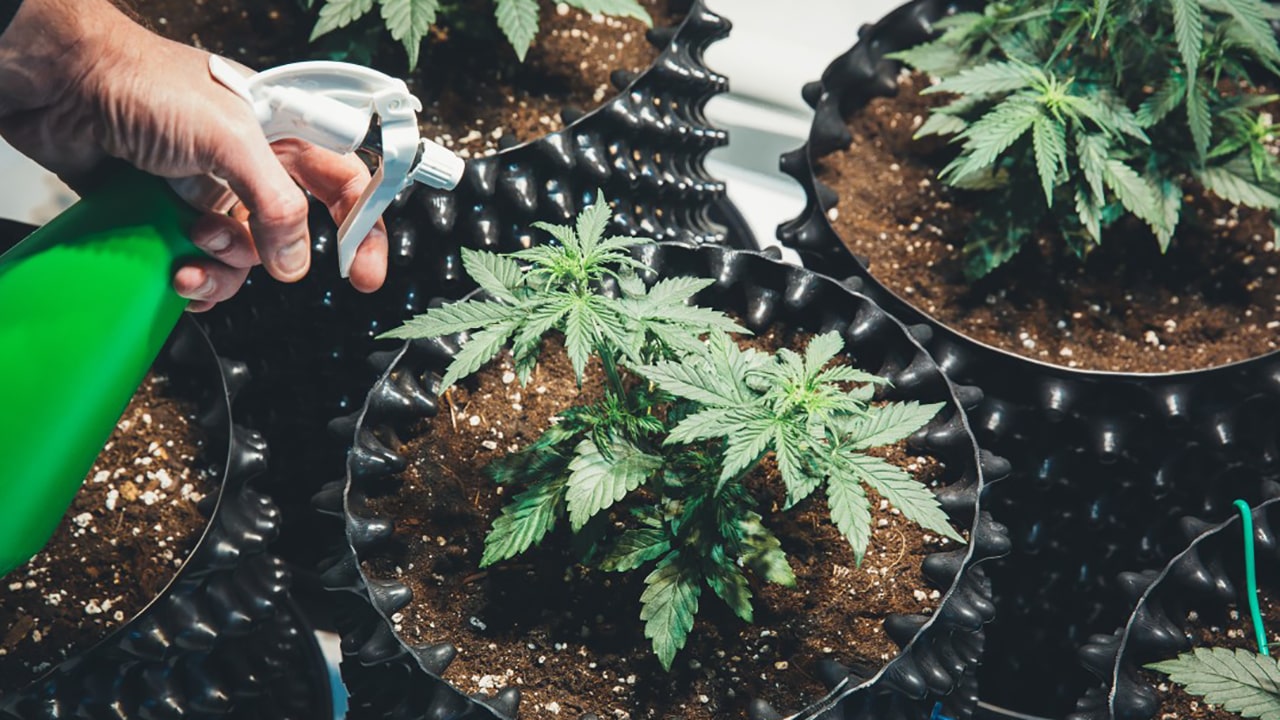
Use of biostimulants and their benefits
The proper use of biostimulants can produce healthier and more productive plants, significantly increasing yields and inflorescence quality. When grooving crops such as indica, sativa and feminized cannabis varieties, biostimulants can be applied at different stages to improve root formation, accelerate growth and protect the plant from stresses.
How to use biostimulants at different stages of growth
Each stage of a plant's life cycle requires the use of specific stimulants. Here are the main stages and the corresponding types of products:
- Germination and rooting stage: apply rooting stimulants to enhance root growth and plant stability. This is especially important when grooving feminized seeds, where each plant plays a role in the future yield.
- Vegetative period: in this phase, growth and photosynthesis stimulants are used so that the plant actively builds green mass. Sativa, which has a long growing season, requires such stimulants for the rapid development of shoots and leaves.
- Flowering phase: during the flowering phase, bud and inflorescence stimulants are used to improve the density and aroma of the flowers. Indica in this phase displays denser and more resinous buds, and the right stimulant will help it reach its full potential.
- Stressful periods (transplanting, changing conditions): use anti-stress stimulants to minimize the effects of stress on the plant. This is especially true for feminized varieties, which can be sensitive to external changes and are prone to hermaphroditism if stressed.
Benefits of using biostimulants
Biostimulants help the plant to make the most efficient use of resources, resulting in more and better quality inflorescences. Feminized varieties, when properly stimulated, produce consistent high yields with minimal risk of male flowers.
Some stimulants shorten the time required to transition from one stage to the next. For example, root and photosynthesis stimulants accelerate the development of both indica and sativa.
The use of flowering stimulants and metabolic regulators increases cannabinoid content (e.g. THC) and improves aroma properties due to increased synthesis of terpenes. This makes biostimulants indispensable for varieties with strong aromas, such as sativa and hybrid plants.
Anti-stress preparations protect plants from unfavorable conditions - from temperature fluctuations to lack of light or moisture. This allows stable growth to be maintained even in confined spaces (e.g. in growboxes).
Thanks to the improved absorption of nutrients and water, the plants need less fertilizer, which reduces fertilizer costs and the risk of soil salinization. This is especially true when growing in closed systems such as hydroponics.
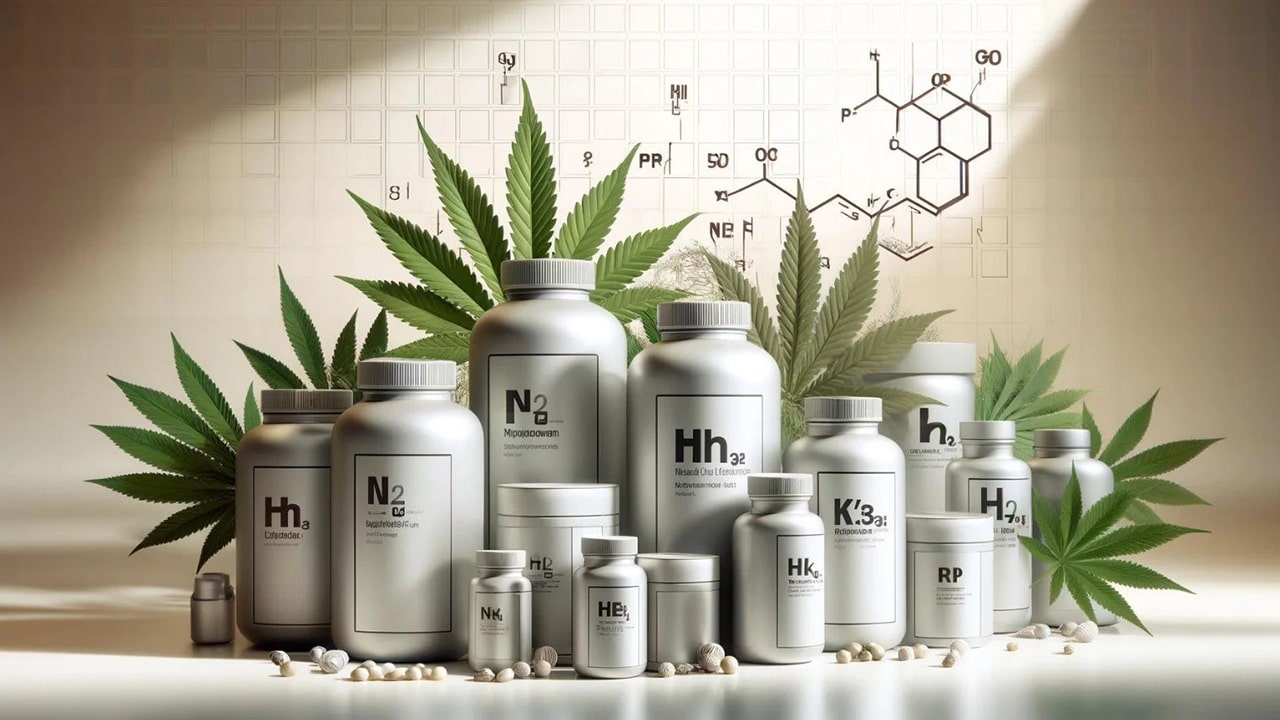
WARNING! Errors Seeds does not encourage or encourage you to grow cannabis. Cultivation is prohibited by the legislation of Ukraine. The article is only of scientific and educational interest.
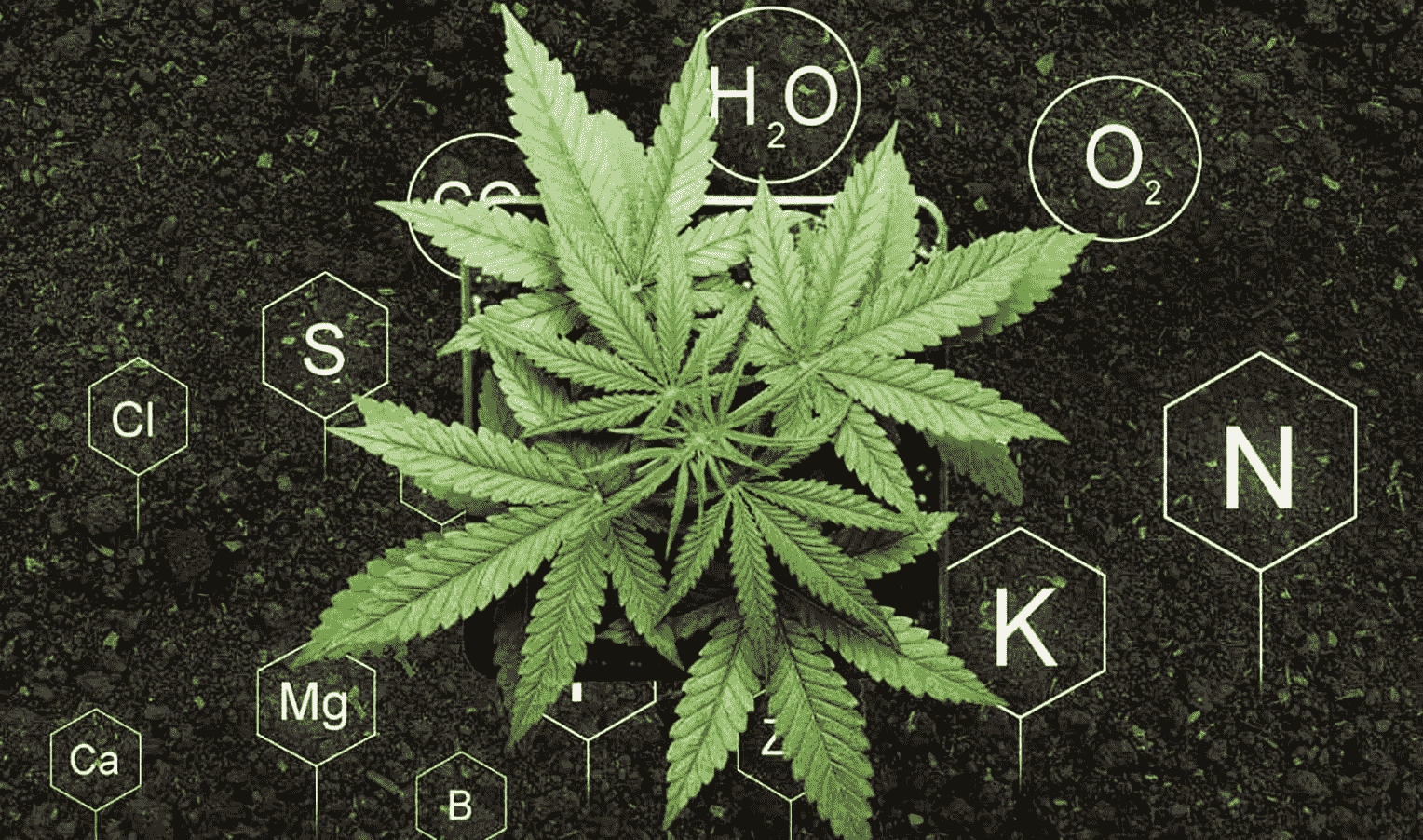
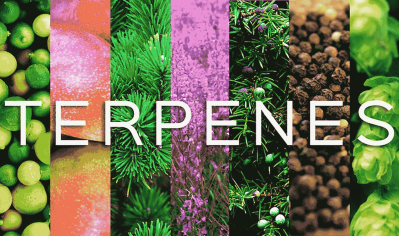
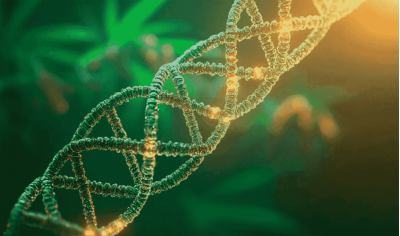
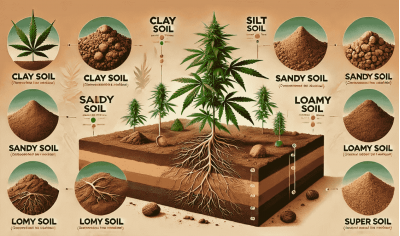
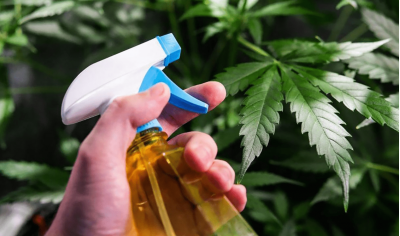
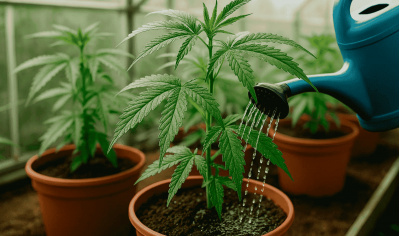
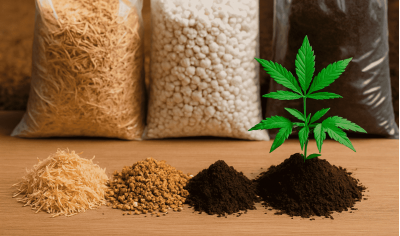


Write a comment